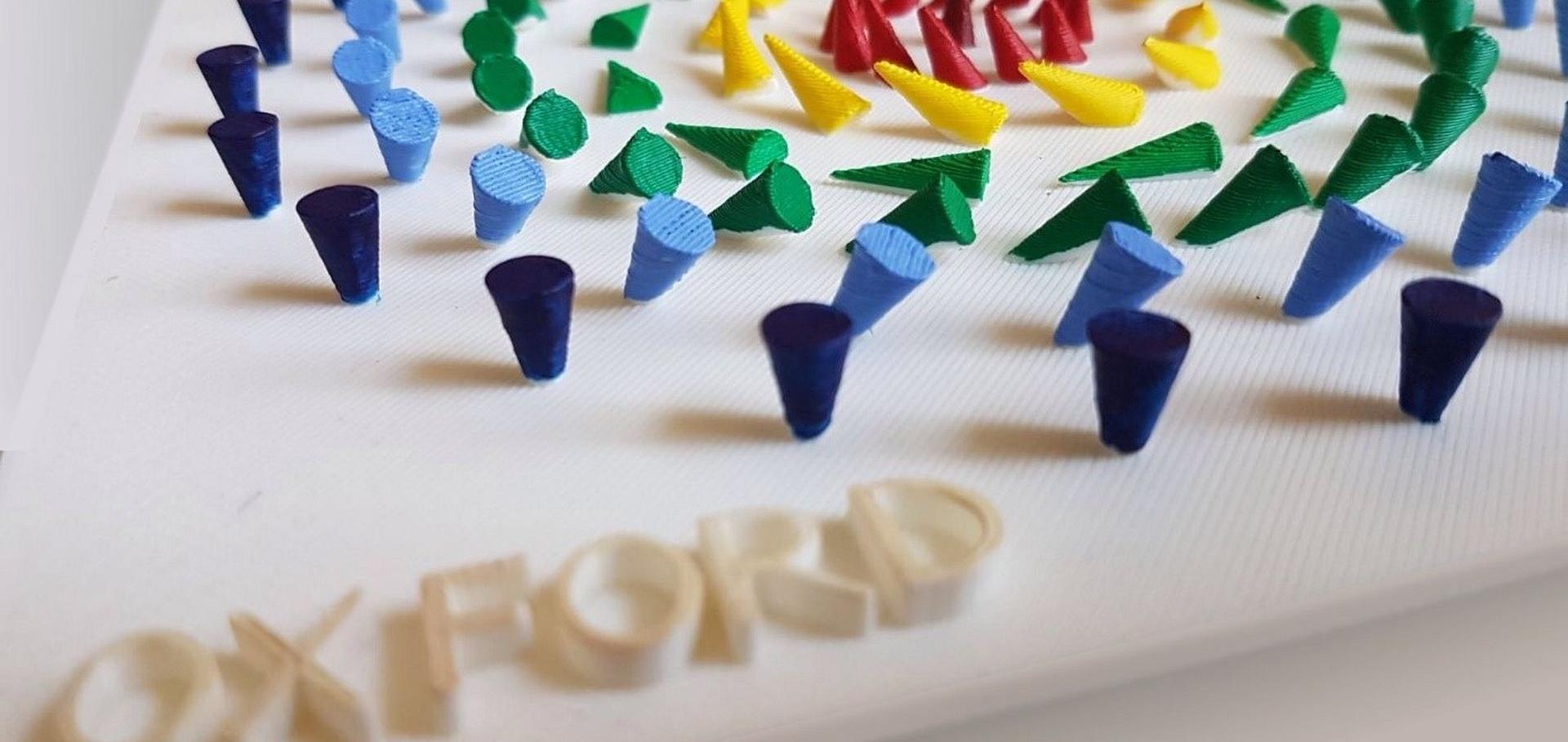Temperature-dependent magnetic force microscopy investigation of epitaxial MnAs films on GaAs(001)
Applied Physics Lettrs 82:14 (2003) 2308-2310
Abstract:
The epitaxially grown MnAs films on GaAs(001) were studied using variable-temperature magnetic force microscopy (VT-MFM). The MnAs film underwent a first order structural phase transition around a critical temperature of 40°C. It was found that, due to the strain involved, the ferromagnetic α-MnAs and paramagnetic β-MnAs phase coexisted as stripes along MnAs[0001].Near-field elastomeric mask photolithography fabrication of high-frequency surface acoustic wave transducers
Nanotechnology 14:1 (2003) 91-94
Abstract:
Optical lithography is the method of choice for mass production of electronic as well as acoustic devices. Cost issues, in particular, make it superior over slow but high-resolution methods, such as electron beam lithography. Also, its applicability for nonconductive substrates is an important feature for acoustic device fabrication on ceramics. In order to be able to continue the use of diffraction-limited optical lithography, new schemes have been developed that enhance the resolution. Rather complex phase-shifting masks, for instance, alter both the amplitude and the phase of the exposing light and lead to higher resolution. However, by using an elastomeric phase mask derived from a photoresist master (made by conventional photolithography), features as small as 90 nm have been demonstrated. We report on the application of the near-field phase shift technique for the fabrication of surface acoustic wave (SAW) devices. This technique is best suited for the fabrication of narrow electrode gap SAW devices that are designed for the efficient SAW excitation at higher harmonics. The combination of near-field phase shift lithography with narrow-gap SAW designs thus opens up a way for simple and low-cost SAW devices operating above 5 GHz.Structural and magnetic order in MnAs films grown by molecular beam epitaxy on GaAs for spin injection
Journal of Crystal Growth 251:1-4 (2003) 297-302
Abstract:
MnAs films were grown by MBE on GaAs(0 0 1) and GaAs(1 1 3)A. We performed a systematic study about the correlation between their structural and magnetic order, which is intimately connected with the phase transition between β-MnAs and α-MnAs during sample cooling after growth. A phase separation process leads to a self-organized structure on the sub-micron scale with alternating ferromagnetic and nonferromagnetic stripes. The well-ordered structure contains defects which correspond to typical crystal imperfections on the atomic level. © 2002 Elsevier Science B.V. All rights reserved.Calculation and Experimental Verification of the Acoustic Stress at GHz Frequencies in Resonators
Proc. of the Workshop on Piezoelectric Resonators for Sensor Applications (2003)
Fabrication of Microfluidic Components Actuated by Thermoresponsive Hydrogels
Book of Abstracts (2003)


